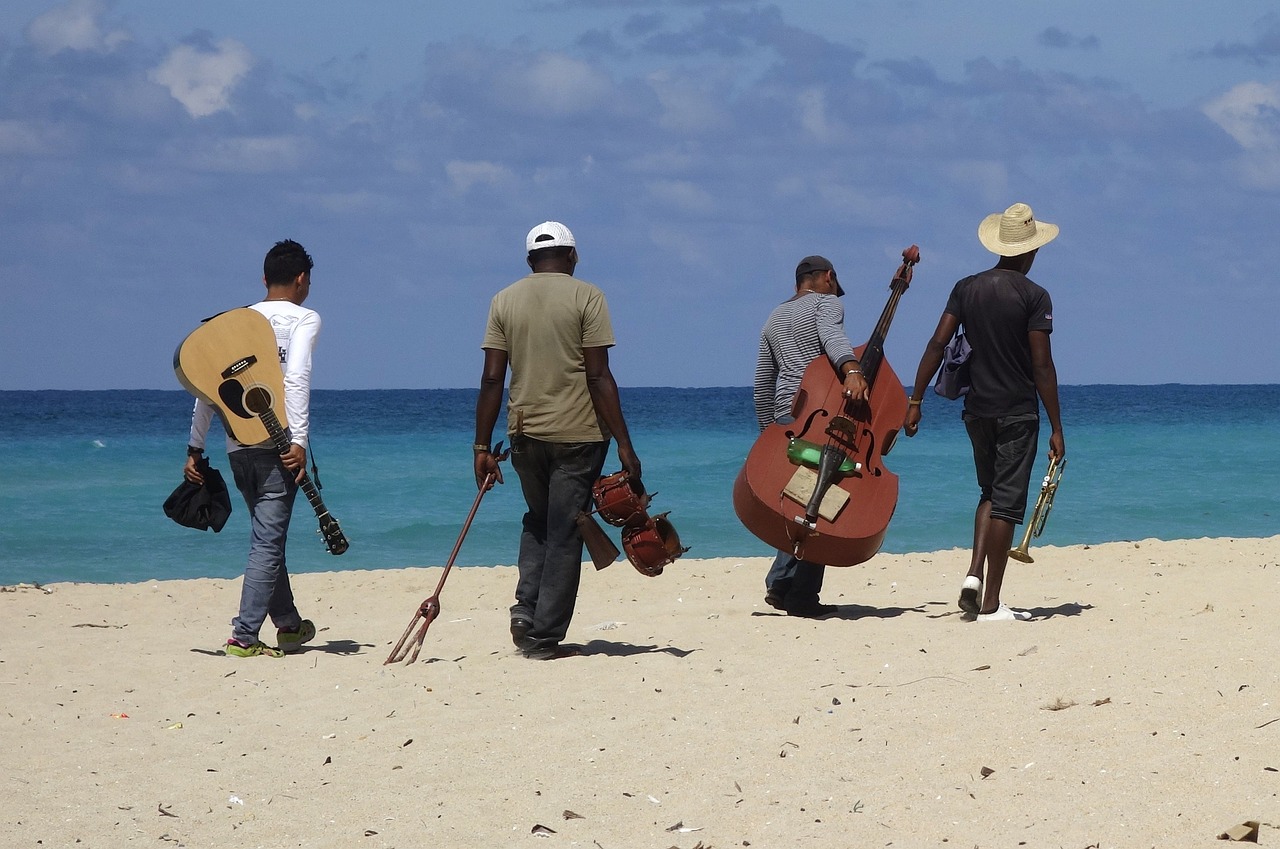I’m using a pun here to talk about something that I’m doing that is pushing me harder into understanding the language of Haiti.
As you already know by my many, many posts, in March of 2022 I began learning Haitian Creole (kreyòl ayisyen). Initially I began with Duolingo, which turned out to be very good for a beginning learner to become familiar with the language structure and sound. But I realized within a few weeks that it would not get me fluent in any real way, and so I began the search for other tools to learn the language better.
I’ve tried tools such as Mango and Pimsleur, both of which are good, but I found that what I needed was an instructor who could get me up to speed in the language.
And as you also know, I now have three instructors, each pushing me in different ways.
I kept up with Duolingo, though, even as I found that it has some deficiencies that made it difficult to complete. For example, in some cases, it used older vocabulary because its designers were in the Diaspora and not residing in Haiti itself. Or it used unusual grammar constructions that aren’t widely used in Haiti itself. I continued because with the help of my instructors I could see these discrepancies and still accommodate myself to its reach—I picked up about 1000 words and learned elementary grammar.
But as I finished the Duolingo course itself, I found that I needed that discipline of daily practice. And then when I completed my first book of grammar and instruction, I had another “hole” in my learning.
What I’m doing now is listening to videos on YouTube to acquire a better understanding of spoken Creole—my bête noire, as it were. I listen to a few regular contributors—Wilky Toussaint is one of them, who speaks very clearly but oh-so rapidly!—and I listen to music which my lord is the most difficult thing ever.
Music is a way to bring rhythm and emotion to language, and one aspect of this is the poetic nature of lyrics. It’s much more difficult to understand, of course, but it’s a good challenge.
The other aspect is more difficult, and I don’t know if it’s true in lyrical English as it is in lyrical Creole, but often the artists will meld words together or add extra syllables or use alternate or dialect-based words that leave me confounded.
Last night I listened to KREYÒL MWEN, a short, five-minute-long song by Wilkinson Célestin. It starts out kinda simply. A rustic Haitian farmer approaches some sophisticated Haitian people gossiping in French. He greets them in Haitian Creole, but they scorn his clothing, his accent, his language, and even his very self. That leads him to sing a song about his own life and meaning, his vicissitudes and his joys, and explain how he loves himself, his life, and his language.
But holy cow, does he glide around the language in doing so!
I spent two hours transcribing what I heard, trying so very hard to get the meaning. It was good practice, and I think I got about 30% of the meaning. I just had moments when I heard a set of phonemes and syllables and thought “I have no idea what this is—it’s just a jumble of sounds.”
You can try listening to it yourself here. I won’t post the transcription because it’s terrible and dumb, but I did do the work. I’m hoping my instructors will indulge me and help me untangle what I was really hearing.
KREYÒL MWEN, by Wilkinson Célestin
https://www.youtube.com/watch?v=2nq37R9Mc1U
(The pun in the title is that “sing” or “song” or even “singer” is chante (song, sing) or chantè (singer). And of course, listening to music can make it seem as if you feel and understand more than you do. So it is enchanting in several ways!)

